The Mount Pleasant Kamishibai

Kamishibai is a box containing picture-slides to accompany the telling of an oral story. It is a Japanese artform that literally means ‘paper drama’. It can be used by pupils in groups or individually to help them develop their vocabulary and their confidence. For younger children the teacher can manipulate the kamishibai while the whole class tells the story together.
activities
a) The Victorian Wellington Storybox is based on a traditional Japanese Kamishibai. Make a kamishibai of your favourite story. Here are some simple instructions on how to make a top-loading Kamishibai out of a shoe box. !You’ll need an adult to help with the cutting!
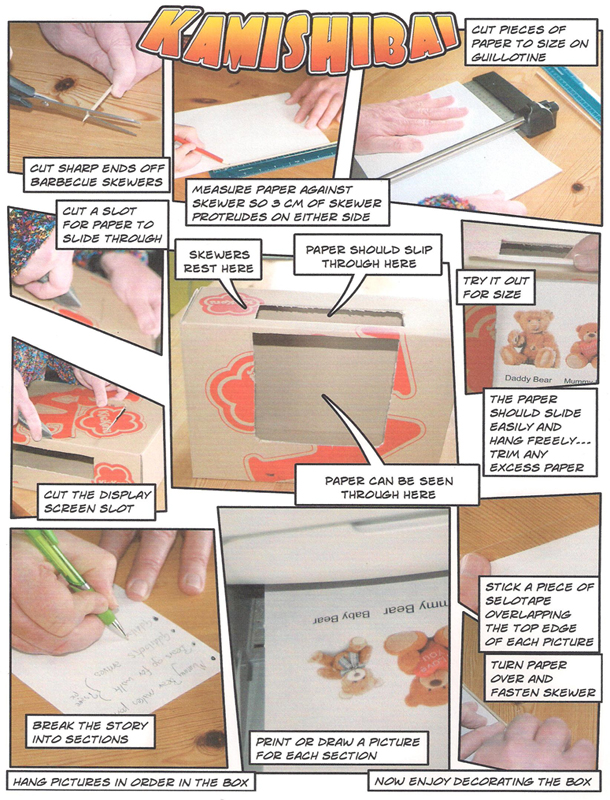
b) The stories in the box were told in Wellington during the reign of Queen Victoria. From when until when was she Queen?
c) Ask your family if they know any old stories of Shrewsbury. You’ll be able to tell them to your friends.
stories
You’ll find all the stories in the box files under the Victorian Wellington Storybox in the School Library. Here’s how to use it…

Storyteller Dawn Powell shares ideas for Kamishibai Days
Examples of Kamishibais in action…
Below are two videos created in a after school session telling a story from Powis Castle…
…and here’s a compilation video in Japanese of our friends Spice Arthur 702 from Japan who have taken kamishibai quite literally “out of the box” to show you that there really are no limits once creativity takes the lead.
Overview of the Mount Pleasant mini storytelling museum
In 2022 Mythstories museum gifted part of its collection of storytelling artefacts and paintings to Mount Pleasant Primary School in Shrewsbury to set up their own Mini Storytelling Museum. The museum features changing selections of objects from their collection and this post will update you on the current displayed items.
The student curators have made their selection of the paintings to be on display from the Summer Term in 2024. The themes they chose were ‘humans’ and ‘animals’.
May 2024 featured paintings
activities
a) Make a mini sculpture that shows the water shouting out of the rock.
b) Pilgrims could buy a badge as a souvenir of their visit to a site where a miracle had taken place. For example at Wenlock Abbey pilgrims could buy a badge in the shape of a goose. What would you choose as the badge of St.Milburga’s Well?
c) Stoke St. Milborough used to be called Godstoke before the miracle in the story happened. Can you find out why so many places are called ‘stoke’ or include ‘stoke’ in their name?
activities
a) How many different types of flower can you shot in the picture? And how many flowers can you see in the picture?
b) Can you draw your favourite flower from the picture?
c) When Sure Archer goes on his adventures in the story he finds lots of friends to join him, each has a different special skill. It is only when all of his team use their skills together that they could try to defeat ‘Deep Thinker’.
There was the greatest archer, the greatest wrestler, the greatest roarer and the greatest tumbler. Can you think of a another problem they could work together to overcome?
activities
a) Bowmere Pool is a lake near to Shrewsbury. Can you find it on a map of the area?
b) You can only see the trunks of the trees in the picture, but it is still possible to identify what sort of trees they are. Do you know or can you find out what sort of trees they are?
c) Can you make a scroll and write on it all the different Roman Numerals and our numbers that they represent?
activities
a) The flowers at the top of the hill in the picture are called Foxgloves. Can you draw a cartoon of a fox wearing pink gloves?
b) Hawkstone Park and Follies, where this story happened, is a Georgian Pleasure Garden. Can you find out when the Georgian Kings ruled England?
c) Can you think of 10 adjectives used to describe foxes?
activities
a) Can you see the giant brothers looking into the water in the picture. Can you imagine what they were saying to each other?
b) The water plants in the picture are called Marestails. Can you draw a picture of a female horse with a tail like the plant? Do you think it looks realistic?
c) Can you make a copy of the key in the picture? How do you think it would have worked when undoing a lock?
activities
a) What do you think happened to the city after the Romans left it?
b) If the sparrows could talk what story would they tell about the Roman City?
c) The Roman City of Viriconium was the 4th largest in Roman Britain. Can you find out which three Roman Cities in Britain were larger?
activities
a) The picture is what the artist believes a mouse-tiger would look like. Can you draw a picture of what you think a mouse-dog would look like?
b) If you had a pet mouse what would you feed it on?
c) The story is from India. Can you find out where tigers can still be found in the wild in India today?
June 2023 featured paintings and artefacts

activities
a) How many different products can you name that can be made from milk?
b) What was the cow’s next adventure?
c) Use your junk modelling skills to make a witch’s hat, a witch or a cow.
story
The people of Priest Weston had no food and were starving when suddenly a magic cow appeared. The cow carried on giving them milk no matter how much they took. Witch Mitchell was jealous, she stole the cow took it to her field on the hill. She milked that cow into a bucket full of holes. The milk soaked into the ground. The cow kicked Mitchell off her milking stool and into the milky bog the field had become. The cow jumped over the hills and never came back. No-one starved, they had all that milk.
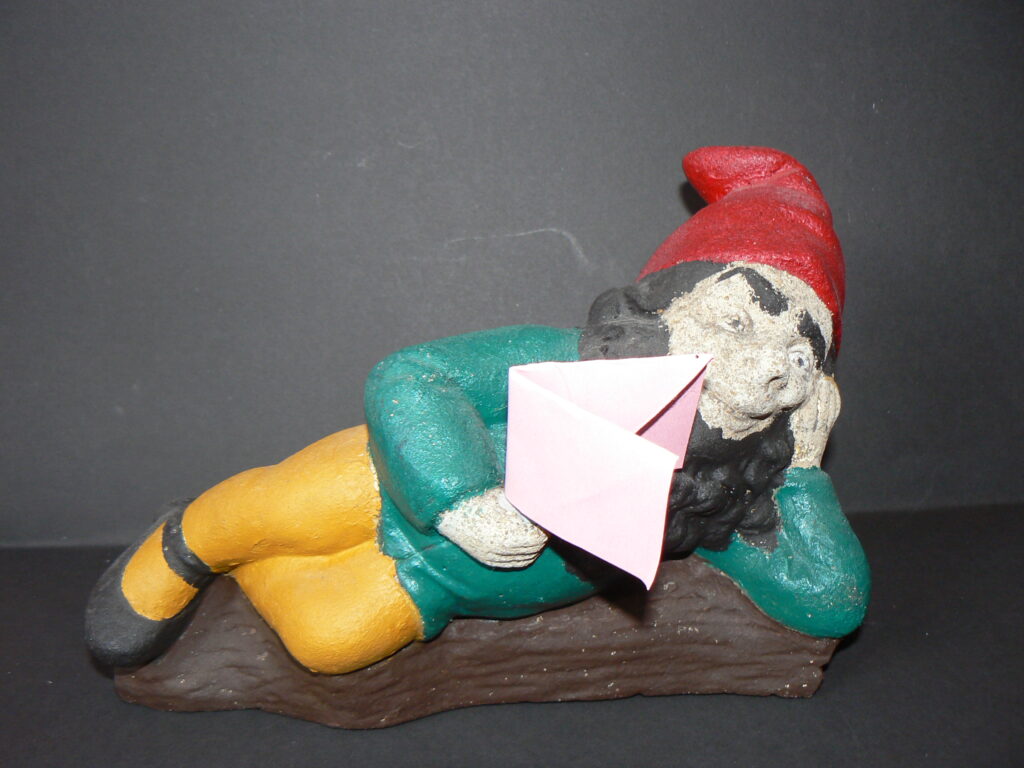
activities
a) How much does this artefact weigh? What is the maximum height, width and depth of the artefact?
b) Make a ticket to heaven. Start with a piece of A4 paper and follow the instructions below…
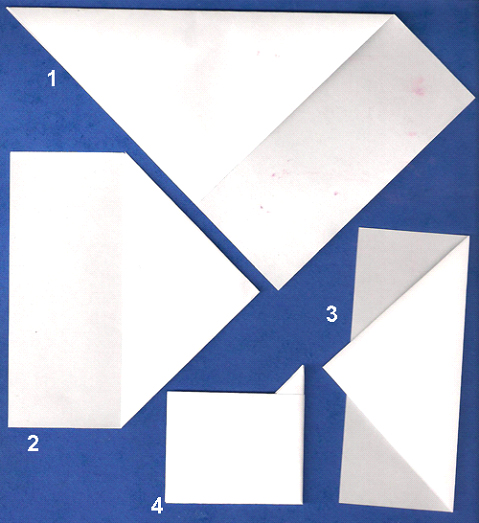
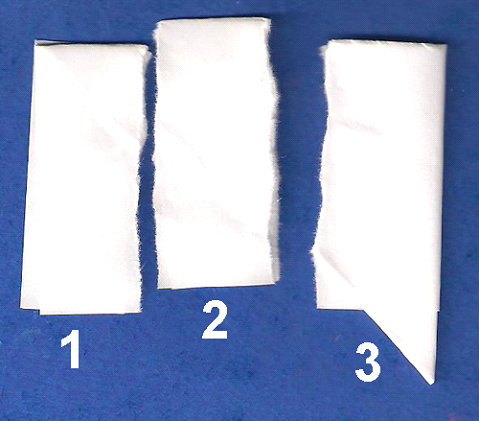
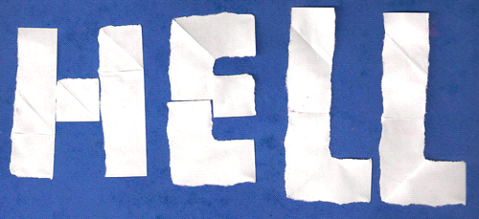
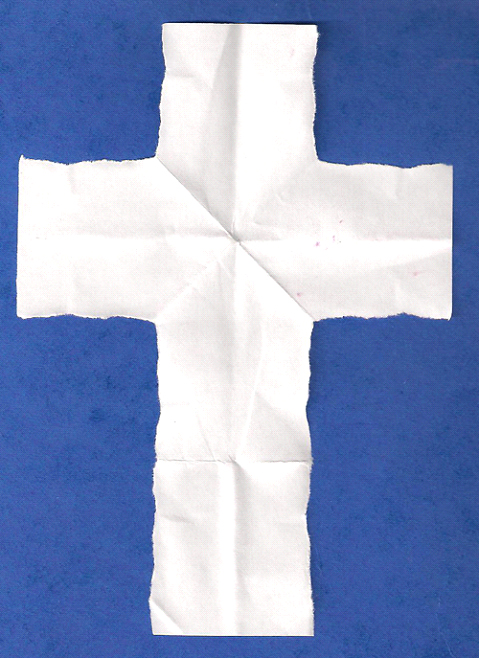
c) Draw the fairies dancing in the ring.
story
Jack fell in love with Mary and wanted to marry her. He went and asked Mary’s father if he could marry Mary, but her father was a miser (he was very rich but very mean and would never spend anything). Mary’s Father said Jack could marry Mary only if he gave him a Ticket to Heaven. He said that he’d been so mean and evil that would be the only way he’d ever get into heaven.
Jack went everywhere searching for a Ticket to Heaven. No-one knew what he was talking about. Jack started to think they did not exist. He sat down beneath an oak tree and cried great big fat tears. The tears trickled down into a circle of mushrooms and filled it with salty water.
Suddenly Jack heard a voice. It was the King of The Fairies. They made a bargain. Jack stopped crying so the Fairy Ring of mushrooms dried out and the fairies could dance there again. The King of The Fairies gave Jack a ticket to heaven.
Jack ripped the ticket in three pieces, gave two to Mary’s father and kept the third – just in case the miser wanted more.
Mary and Jack lived long and happy lives. When the miser died his two pieces took him to hell, but Jack’s third piece gave him a place in heaven.

activities
a) Robin Hood robbed from the rich and gave to the poor. What is poverty?
b) Make a creature who could hide in a forest. Check how well it is camouflaged by putting your creature in a nest of leaves.
c) The tower of St Laurence’s church in Ludlow is 135 feet high (41 metres high). The Fletchers’ Chancel Roof is 66 feet high (20 metres high). How much higher should Robin Hood have shot his arrow?
story
Robin had a row with the vicar of St Laurence’s Church in Ludlow.
On his way back to the forest he climbed to the top of the big oak tree on the mound at Bromfield and he shot an arrow. He wanted to hit the weathercock up on the tower to give the vicar something to remind him of his visit.
But Robin wasn’t at his best and his arrow fell short and hit the end of roof of the Fletchers’ Chancel.
He went to fetch his arrow but it had stuck. He couldn’t shift the thing.
After that day Robin Hood never went back to Ludlow again. Because his arrow on that church roof reminded him that he didn’t always hit his target.

activities
a) What furniture would you find in a Tudor Castle? Can you make some?
b) What would have been stored in the cellar beneath the kitchen?
c) All that’s left of Moreton Corbet Castle is shown as dark grey on the model. The light grey walls have all decayed away to nothing since Tudor times. Draw what your school will look like in 600 years time.
story
There are so many to make. Follow the instructions below and make your own stories.





activities
a) Edric’s spirit is shown as a face made out of clouds. What can you see when you look at clouds, can you draw it?
b) Make a bog with soil and water. What can you float on it? And what sinks into it?
c) What causes a wild fire? How can wild fires be prevented?
story
Wild Edric was a real man who was lord of the Stiperstones in 1066 when Norman invaders came to our land and tried to defeat him.
Wild Edric was strong and a great leader of men. His army beat the Norman invaders back, but a few years later he had made friends with the Normans.
Wild Edric fought alongside William the Conqueror, the new Norman King of England against the Scots in 1070.
Edric kept all his lands while he was alive, but they didn’t pass into the hands of his family.
No one knows how he died. There is a story that he married a fairy called Godda and then lost her and wasted away refusing food or drink just riding on his warhorse across the hills trying to find her.
After his death people said he still guarded his lands burning his foes in heather fires and drowning enemies in deep peat bogs.
And Edric still rides today. If you go to the Stiperstones you may see him riding his warhorse across the hills.
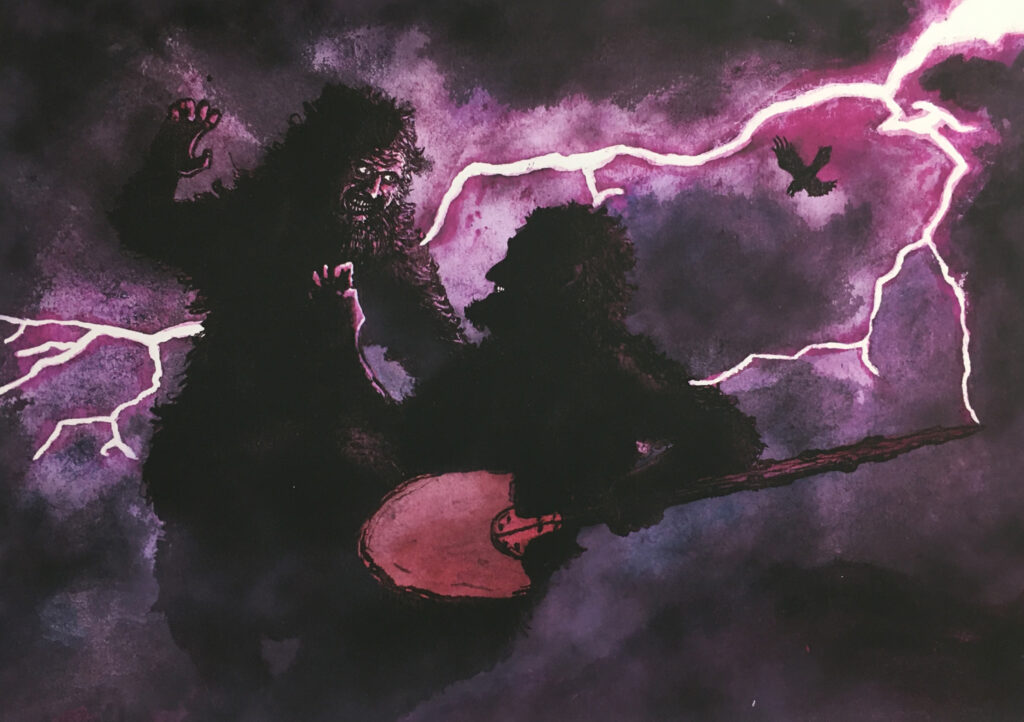
activities
a) How could the Giants disagreement have been solved without a fight?
b) The River Severn starts at Plynlimon one of the Cambrian Mountains near Llanidloes in Wales and enters the sea in the Bristol Channel at Severn Beach. How long is the river in miles and kilometres?
c) Use your junk modelling skills to make a raven.
story

The two hills of Wrekin and Ercall
dominate the Shropshire skyline today.

But once Shropshire was a flat, empty plain.

Then along came two giant brothers,
they dug a trench and built a hill.
The trench filled with water
and became the River Severn.

But which brother
would have the hill as his home?
They fell to fighting.
Then Ercol threw his spade at his brother…

… His brother ducked,
And the spade cut the Needles Eye in the hillside.
Down flew a raven and pecked Ercol’s eye.
His tears formed a pool called the Raven’s Bowl.

Ercol fell down beside the hill.
His brother covered him with earth.
You can still hear him moaning today.
And the triumphant brother gave
his hill his name, Wrekin.
You’ll also find this story in the Victorian Wellington Storybox in the School Library.



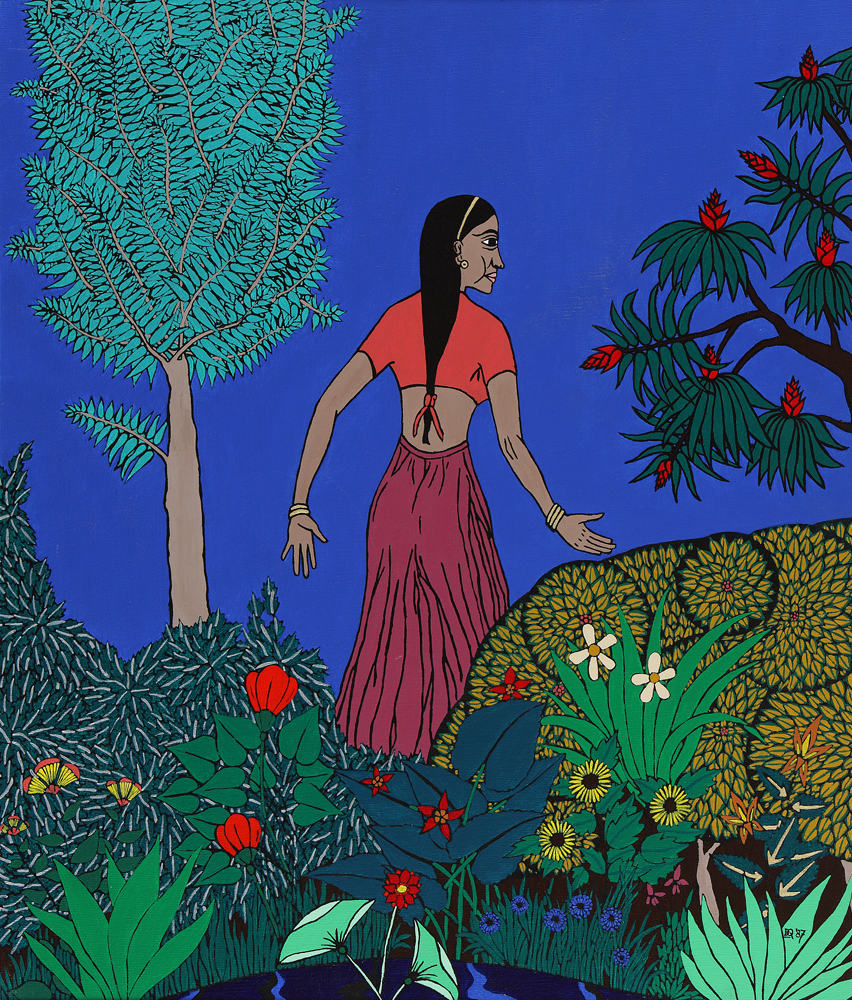








1 Pingback